
Drypetes roxburghi
(MRP Inclusive of all taxes)
- Shipping ₹79 for entire order
- Dispatch in 7 days
- Country of origin: India

(MRP Inclusive of all taxes)
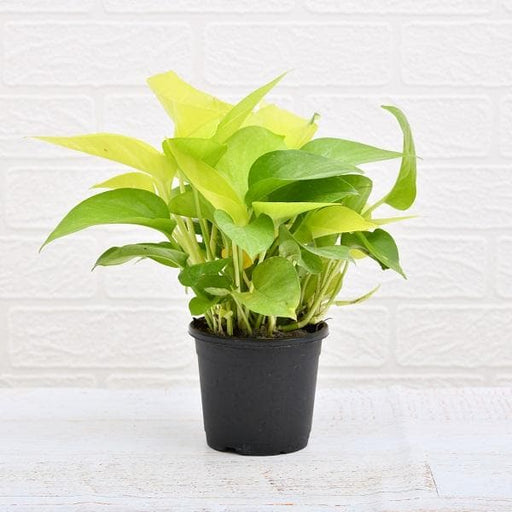 Save 29%
Save 29%
Air Purifier Money Plant with Pot The Air Purifier Money Plant, also known as Pothos or Epipremnum aureum, is a stunning indoor plant that...
View full details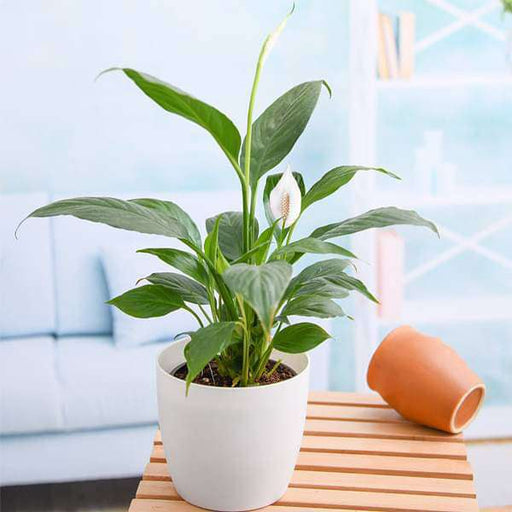
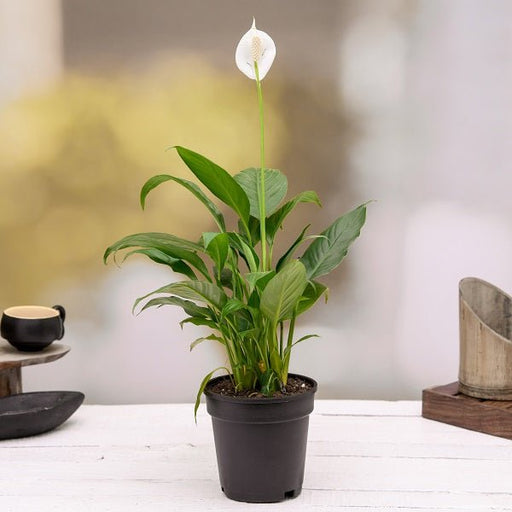 Save up to 15%
Save up to 15%
Peace Lily, Spathiphyllum - Plant The Peace Lily, scientifically known as Spathiphyllum, is a stunning houseplant celebrated for its elegant white...
View full details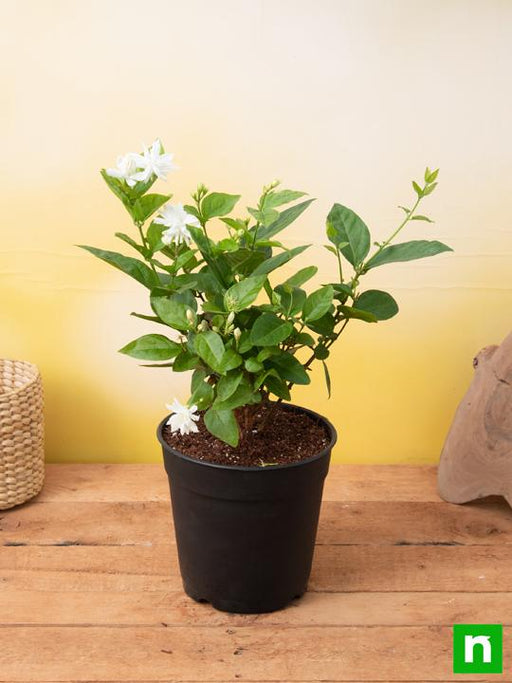
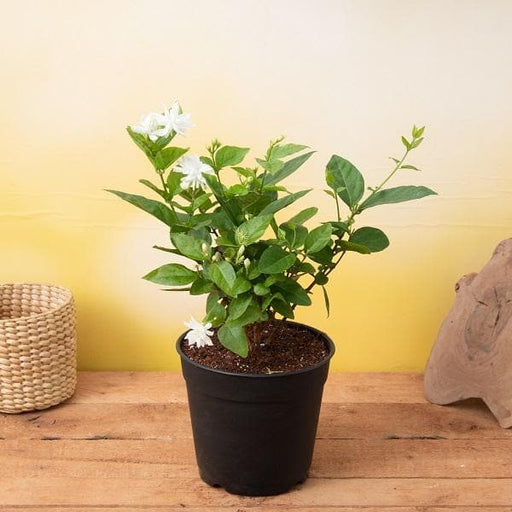 Save 25%
Save 25%
Jasminum sambac, Mogra, Arabian Jasmine - Plant Jasminum sambac, commonly known as Mogra or Arabian Jasmine, is a fragrant flowering plant...
View full details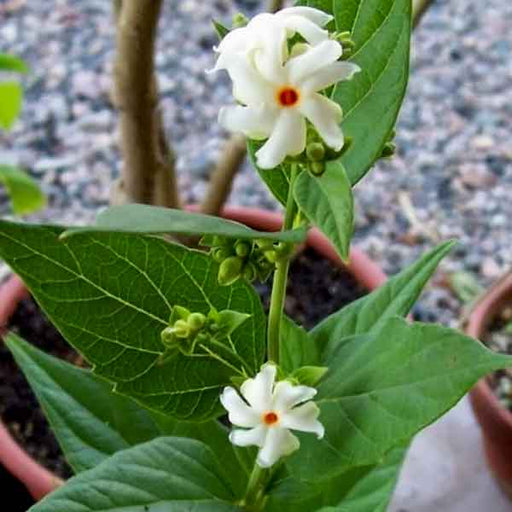
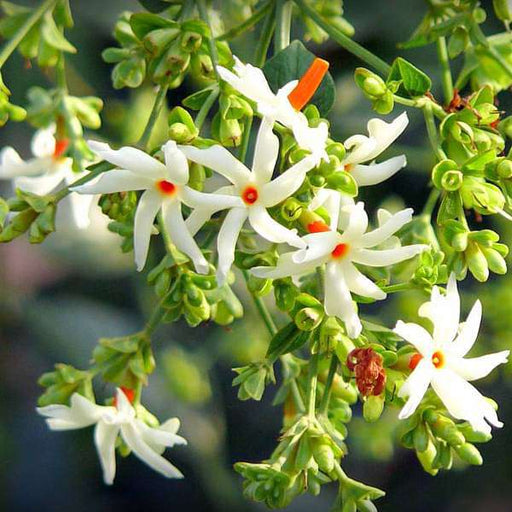 Save 18%
Save 18%
Combo Constituents Includes the Parijat Tree (Night-Flowering Jasmine), a culturally significant plant with fragrant flowers. Description The Pari...
View full details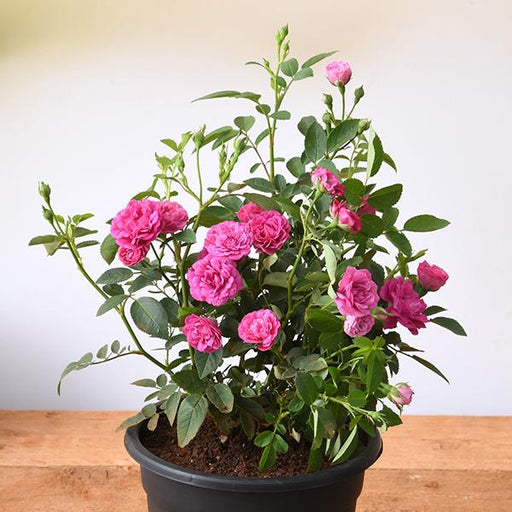
 Save 25%
Save 25%
Miniature Rose, Button Rose (Any Color) - Plant The Miniature Rose, also known as the Button Rose, is a charming and compact flowering plant that ...
View full details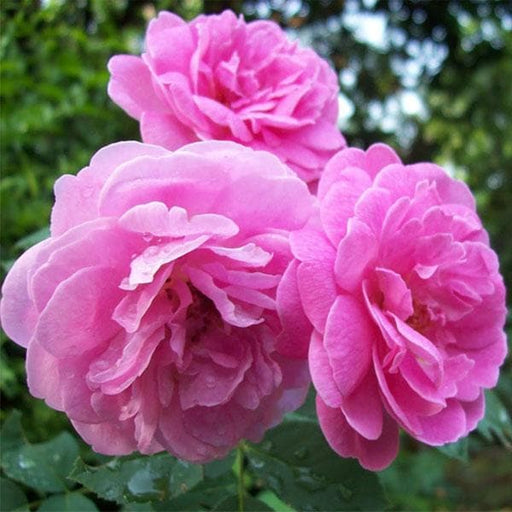 Save 25%
Save 25%
Damascus Rose, Scented Rose (Any Color) - Plant The Damascus Rose, also known as Rosa damascena, is a timeless symbol of beauty and romanc...
View full details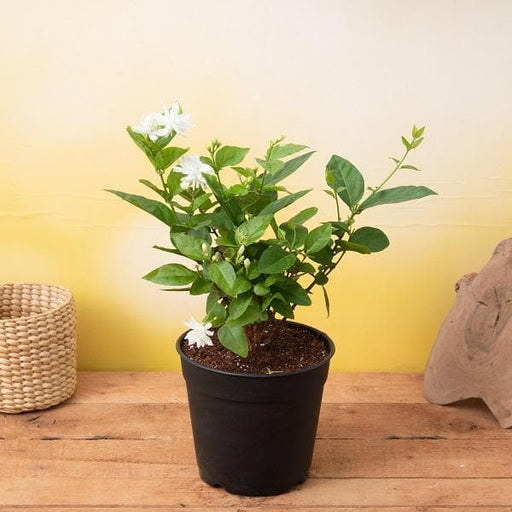
 Save 17%
Save 17%
Beautiful Fragrant Mogra, Arabian Jasmine Plant with Pot The Beautiful Fragrant Mogra, also known as Arabian Jasmine (Jasminum sambac), is...
View full details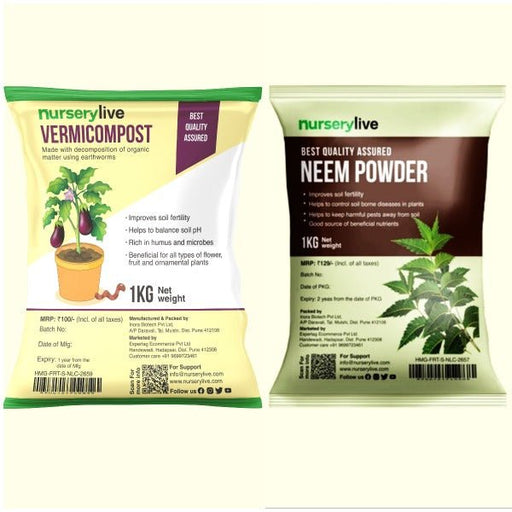 Save 15%
Save 15%
Pack of Vermicompost and Neem Cake for House Plants Transform your indoor garden with our premium Pack of Vermicompost and Neem Cake, spec...
View full details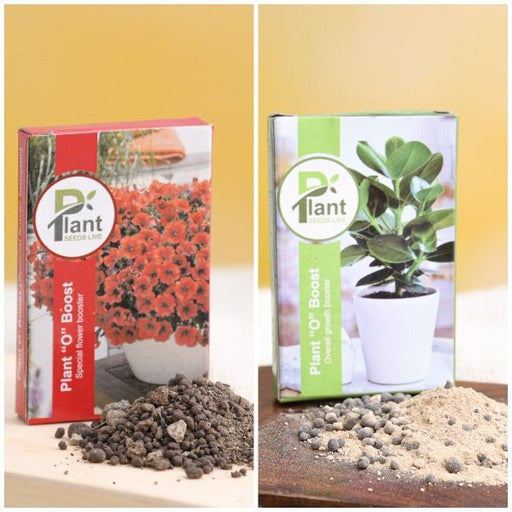
Pack of Plant Growth and Flower Boosters Unlock the full potential of your garden with our Pack of Plant Growth and Flower Boosters! This ...
View full details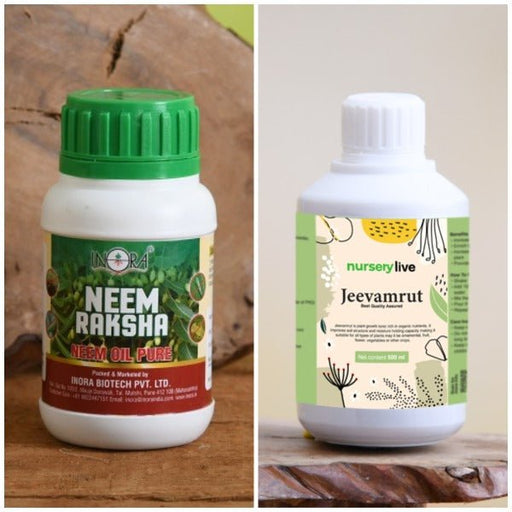 Save 38%
Save 38%
Combo of Jeevamrut and Neem Raksha for Easy Growth and Protection of Houseplants Transform your indoor garden with our exclusive combo of ...
View full details Save 22%
Save 22%
Plant Nutrients Kit (Pack of 16) for a Healthy Garden Transform your garden into a lush paradise with our Plant Nutrients Kit, featuring 1...
View full details Save 16%
Save 16%
Combo of Top Plant Fertilizers Elevate your gardening game with our exclusive Combo of Top Plant Fertilizers, featuring two bags of premiu...
View full details Save 24%
Save 24%
Pack of 4 Additives to Make Soil Healthy and Nutrient Rich Transform your garden into a thriving ecosystem with our Pack of 4 Additives de...
View full details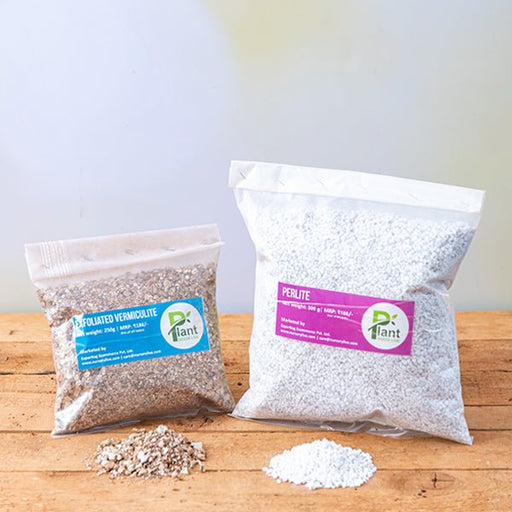 Save 30%
Save 30%
Transform your gardening experience with our premium Combo of Perlite and Vermiculite. This unique blend is designed to enhance soil aeration and ...
View full details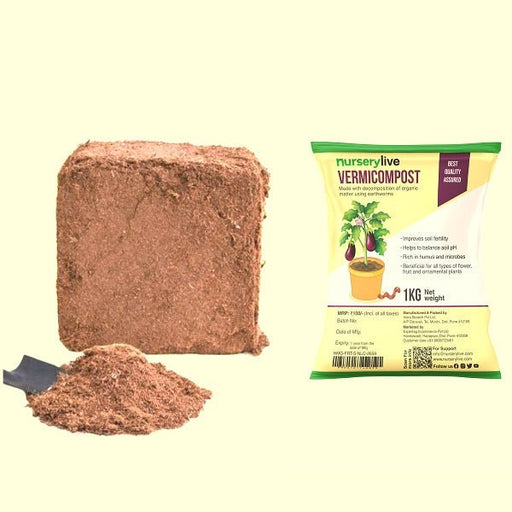 Save 27%
Save 27%
Combo of 2 Vermicompost and Cocopeat - Enrich Your Soil Naturally! Transform your garden into a thriving ecosystem with our Combo of 2 Ver...
View full details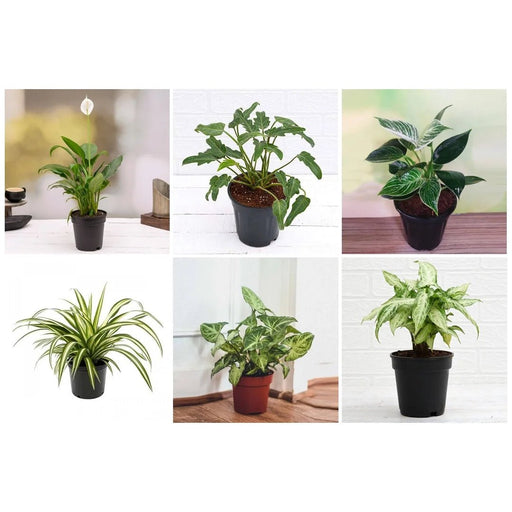
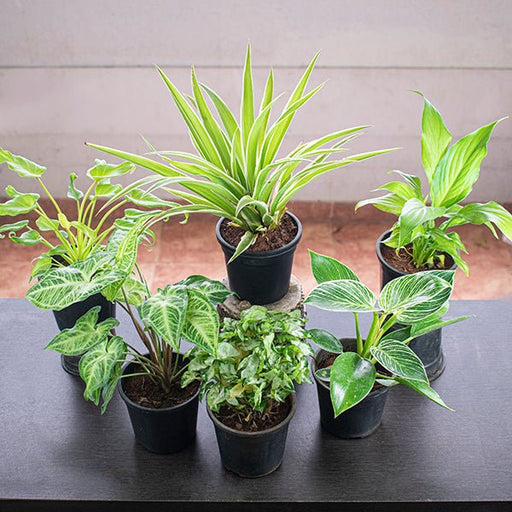 Save 35%
Save 35%
Best 6 Plants for Perfect Indoor Garden Transform your living space into a lush oasis with our curated collection of the Best 6 Plants for a...
View full details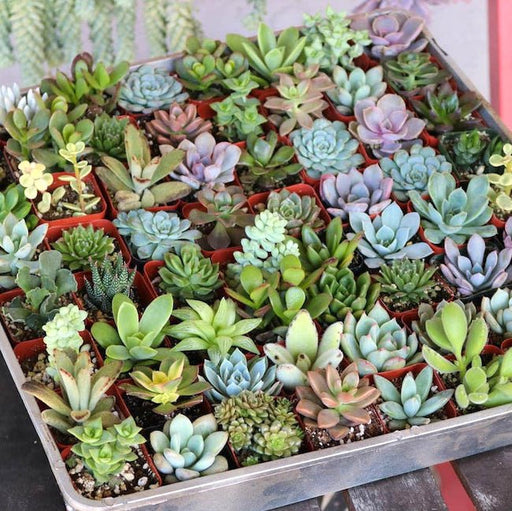
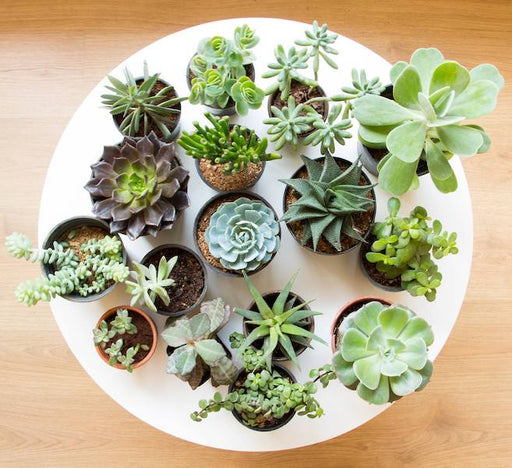 Save up to 50%
Save up to 50%
Mini Succulent Garden Pack Transform your space with our Mini Succulent Garden Pack, featuring a delightful collection of 4 any variety beautiful s...
View full details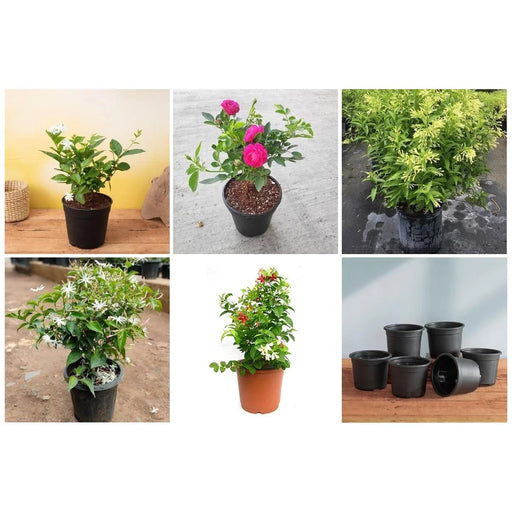
 Save 30%
Save 30%
5 Best Fragrant Plants Transform your garden or indoor space into a fragrant paradise with our curated selection of the 5 Best Fragrant Plants. Th...
View full details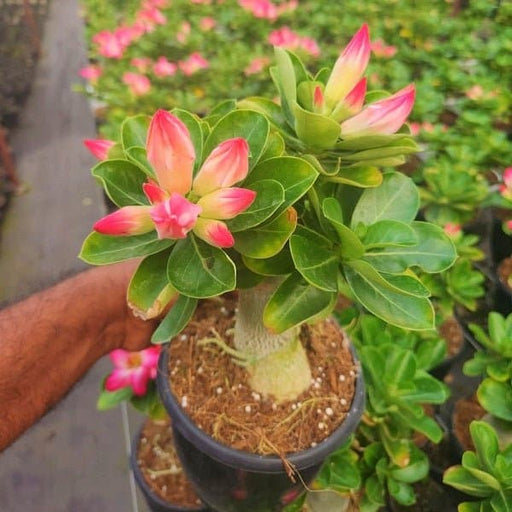
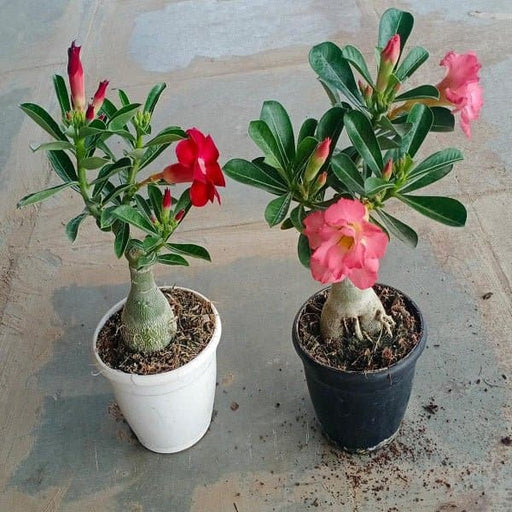 Save 24%
Save 24%
Set of 2 Bonsai Looking Grafted Adeniums Transform your indoor or outdoor space with our exquisite Set of 2 Bonsai Looking Grafted Adenium...
View full details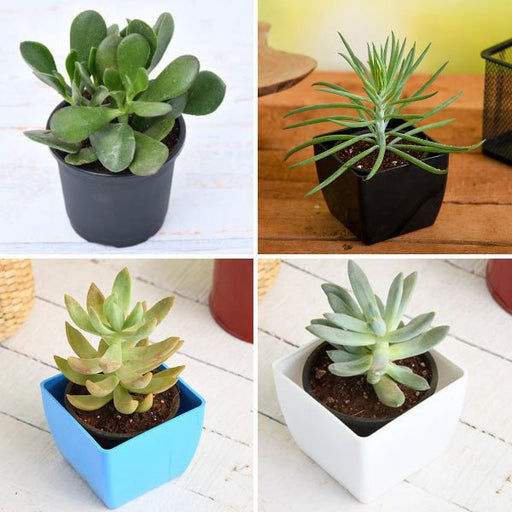 Save 45%
Save 45%
Top 4 Die Hard Succulents Pack Transform your indoor or outdoor space with our Top 4 Die Hard Succulents Pack, featuring a curated selecti...
View full details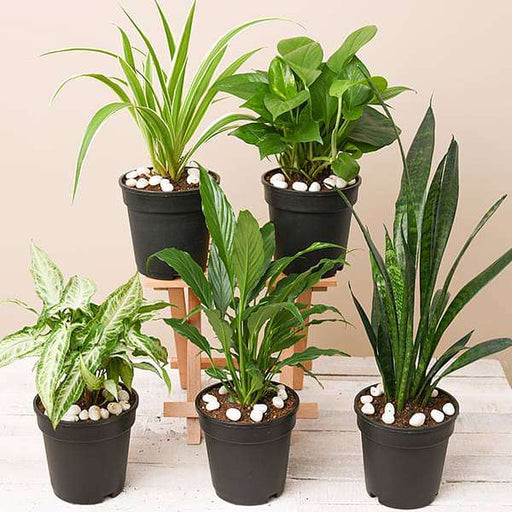
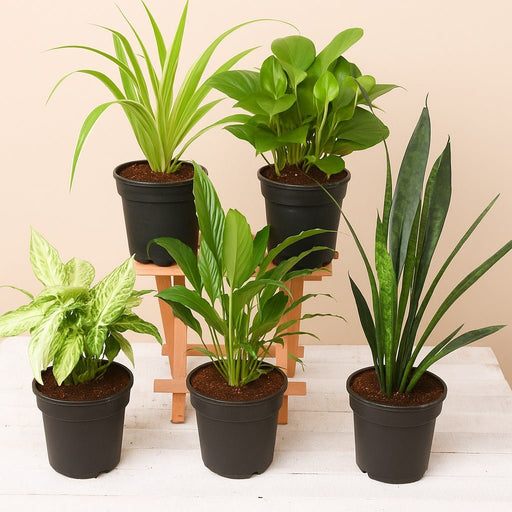 Save 30%
Save 30%
5 Best Indoor Plants Pack Transform your living space into a lush oasis with our '5 Best Indoor Plants Pack.' This carefully curated collection fe...
View full details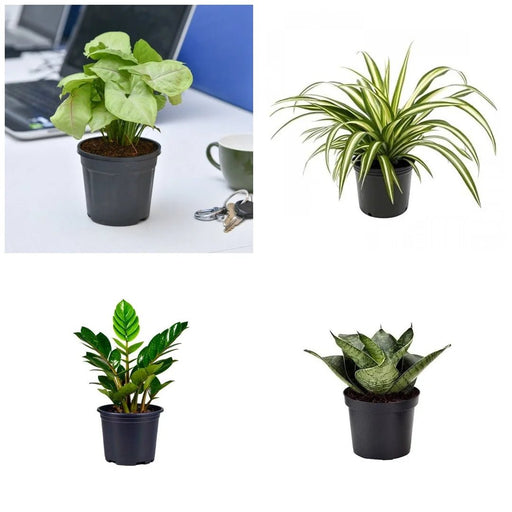
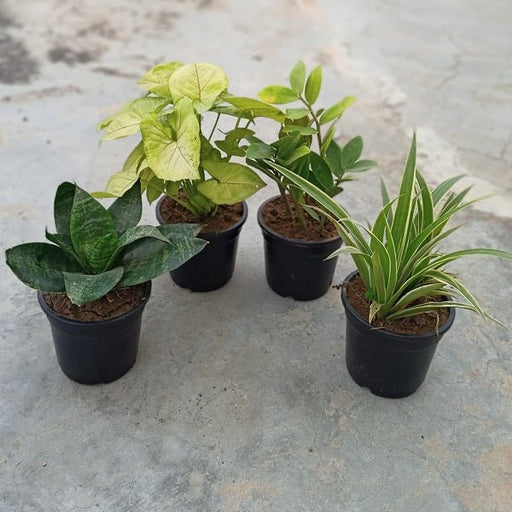 Save 25%
Save 25%
Set of 4 Evergreen Air Purifier Plant Pack Transform your indoor space into a lush, green oasis with our Set of 4 Evergreen Air Purifier Pla...
View full details| SrNo | Item Name |
|---|---|
| 1 | Drypetes roxburghi |
Drypetes roxburghi, commonly known as the Roxburgh's Drypetes, is a remarkable evergreen tree native to the tropical regions of Asia. This species is celebrated for its unique oil-rich seeds, which have been utilized for centuries in traditional medicine and as a source of biofuel. With its glossy leaves and attractive growth habit, Drypetes roxburghi is not only a valuable resource but also an aesthetically pleasing addition to any landscape.
What makes Drypetes roxburghi special is its adaptability to various soil types and climates, making it a resilient choice for reforestation and agroforestry projects. Its seeds are rich in oil, which can be extracted for culinary and industrial uses, contributing to sustainable practices. This plant plays a crucial role in supporting local ecosystems by providing habitat and food for wildlife.
One of the standout features of Drypetes roxburghi is its ability to thrive in poor soil conditions, making it an excellent candidate for soil restoration projects. Additionally, its fast growth rate and minimal maintenance requirements make it a favorite among gardeners and environmentalists alike.
Drypetes roxburghi plays a vital role in combating soil erosion and improving soil fertility. Its deep root system helps stabilize the soil, making it an excellent choice for reforestation efforts. By promoting biodiversity and providing habitat for various species, this plant contributes positively to the ecosystem.
This tree isn’t just a pretty face in the forest; it’s a multitasking marvel! Known for its medicinal properties, the Drypetes roxburghi tree has been a go-to for traditional healers. Its leaves and bark are packed with compounds that can help with everything from inflammation to skin ailments. So, if you’re looking for a natural remedy, this tree might just be your new best friend. Plus, it’s a great conversation starter at parties—who doesn’t want to discuss the wonders of a tree that’s been revered for centuries?
a lush, tropical paradise where the Drypetes roxburghi tree reigns supreme. This tree thrives in subtropical and tropical climates, often found in moist, well-drained soils. It loves to hang out in forests, where it can soak up the sun and mingle with other flora. If you’re planning a visit, just remember to bring your sunscreen and a good book; you might want to stay a while in this botanical wonderland!
If you’re impatiently tapping your foot waiting for your garden to flourish, the Drypetes roxburghi tree might not be your speed. This tree takes its sweet time to grow, typically reaching maturity in about 10 to 15 years. But hey, good things come to those who wait! Once it’s fully grown, it can reach impressive heights, making it a majestic addition to any landscape. So, grab a cup of tea and enjoy the slow but steady journey of this botanical beauty.
The Drypetes roxburghi tree is like the Swiss Army knife of the plant world. Its wood is durable and often used in construction, while its leaves can be brewed into teas or used in traditional medicine. Not to mention, it provides shade and habitat for various wildlife. So, whether you’re looking to build a treehouse or brew a soothing cup of herbal tea, this tree has got you covered. Talk about versatility!
Spotting a Drypetes roxburghi tree is like playing a game of botanical hide-and-seek. With its glossy, dark green leaves and distinctive yellowish flowers, it’s a sight to behold. The tree can grow up to 20 meters tall, making it a towering presence in the forest. If you’re lucky enough to find one, you’ll be rewarded with a glimpse of its unique fruit, which resembles small berries. Just remember, no touching unless you’re ready to embrace the wonders of nature!
Want to grow your own Drypetes roxburghi tree? Get ready for a little adventure! Propagation can be done through seeds or cuttings, but patience is key. Seeds need to be soaked and sown in well-draining soil, while cuttings require a bit of TLC to root properly. It’s like raising a child—lots of love, attention, and a sprinkle of luck. Once you’ve successfully propagated, you’ll have a new green friend to cherish for years to come.
In a world where trees are disappearing faster than your favorite snack at a party, conservation efforts for the Drypetes roxburghi tree are crucial. This species faces threats from deforestation and habitat loss, making it essential to protect its natural environment. Organizations are working tirelessly to raise awareness and promote sustainable practices. So, if you’re passionate about trees, consider joining the cause—because every little effort counts in keeping this majestic tree thriving for future generations.
Like any celebrity, the Drypetes roxburghi tree has its fair share of admirers and detractors. Pests can be a nuisance, with insects like aphids and caterpillars trying to crash the party. But fear not! With proper care and a little vigilance, you can keep these uninvited guests at bay. Regular inspections and organic pest control methods can help maintain the tree’s health. After all, nobody wants a tree that’s looking a little worse for wear!
If you want your Drypetes roxburghi tree to thrive, you’ll need to roll out the red carpet in the form of well-draining soil. This tree prefers a slightly acidic to neutral pH, so make sure to check your soil’s credentials before planting. It’s like finding the perfect match on a dating app—compatibility is key! With the right soil conditions, your tree will flourish and reward you with its stunning foliage and flowers.
The Drypetes roxburghi tree is a sun-loving diva that thrives in warm, humid climates. It’s not a fan of frost or extreme cold, so if you live in a chilly area, you might want to reconsider your planting plans. This tree flourishes in tropical and subtropical regions, where it can soak up the sun and enjoy a good rain shower. So, if you’re dreaming of a lush garden, make sure to check the climate compatibility before you dive in!
In various cultures, the Drypetes roxburghi tree is more than just a plant; it’s a symbol of resilience and healing. Often featured in traditional medicine and folklore, this tree holds a special place in the hearts of many. Its leaves and bark are used in rituals and remedies, showcasing the deep connection between nature and culture. So, when you admire this tree, remember it’s not just a pretty sight—it’s a living testament to the wisdom of generations past.
Drypetes roxburghi is a tropical tree species known for its glossy leaves and small, fragrant flowers. Often found in the forests of Southeast Asia, it’s like the introverted cousin of the plant world—beautiful but not always in the spotlight. Its unique characteristics make it a gem for botanists and plant enthusiasts alike.
This botanical beauty thrives in the tropical and subtropical regions of Southeast Asia, particularly in countries like India and Malaysia. Think of it as the sunbather of the plant kingdom, soaking up the warm rays while providing shade and shelter to its forest friends. Perfect for those who love a warm climate!
Drypetes roxburghi isn’t just a pretty face; it has practical uses too! Its seeds are often used in traditional medicine, while the wood is prized for its durability. It’s like the Swiss Army knife of trees—offering beauty, utility, and a touch of nature’s magic all in one package.
While not currently listed as endangered, Drypetes roxburghi faces threats from habitat loss and deforestation. It’s like that popular kid in school—everyone wants a piece of it! Conservation efforts are essential to ensure this tree continues to thrive in its natural habitat, keeping the ecosystem balanced and happy.
Drypetes roxburghi can reach impressive heights of up to 20 meters! That’s like the gentle giant of the forest, towering over its companions while still maintaining a graceful presence. Perfect for those who appreciate a tree with a bit of stature and a lot of charm.
The leaves of Drypetes roxburghi are glossy, dark green, and elliptical, giving them a polished look. They’re like the well-dressed attendees at a botanical gala, catching the eye and adding elegance to the forest floor. These leaves not only look good but also play a vital role in photosynthesis.
Absolutely! If you have a tropical garden, Drypetes roxburghi can be a stunning addition. Just make sure it has enough space to stretch its limbs and soak up the sun. It’s like inviting a celebrity to your garden party—everyone will want to take a picture with it!
Drypetes roxburghi typically blooms during the warmer months, showcasing small, fragrant flowers that attract pollinators. It’s like throwing a floral fiesta in the forest, inviting bees and butterflies to join the celebration. The blooms add a delightful touch to the landscape, making it a favorite among nature lovers.
Drypetes roxburghi reproduces through seeds, which are dispersed by animals and wind. It’s like nature’s version of a game of catch—throwing seeds around to ensure the next generation takes root. This method helps maintain genetic diversity and keeps the forest vibrant and thriving.
Like any diva, Drypetes roxburghi can attract a few pests, including aphids and caterpillars. These little troublemakers can cause some leaf damage, but with proper care and natural pest control, your tree can stay healthy and fabulous. After all, even the most glamorous plants need a little TLC!
Caring for Drypetes roxburghi is simple: provide well-drained soil, plenty of sunlight, and regular watering. Think of it as giving your tree a spa day—nourishing it with love and attention. With the right care, it’ll flourish and reward you with its stunning presence for years to come!